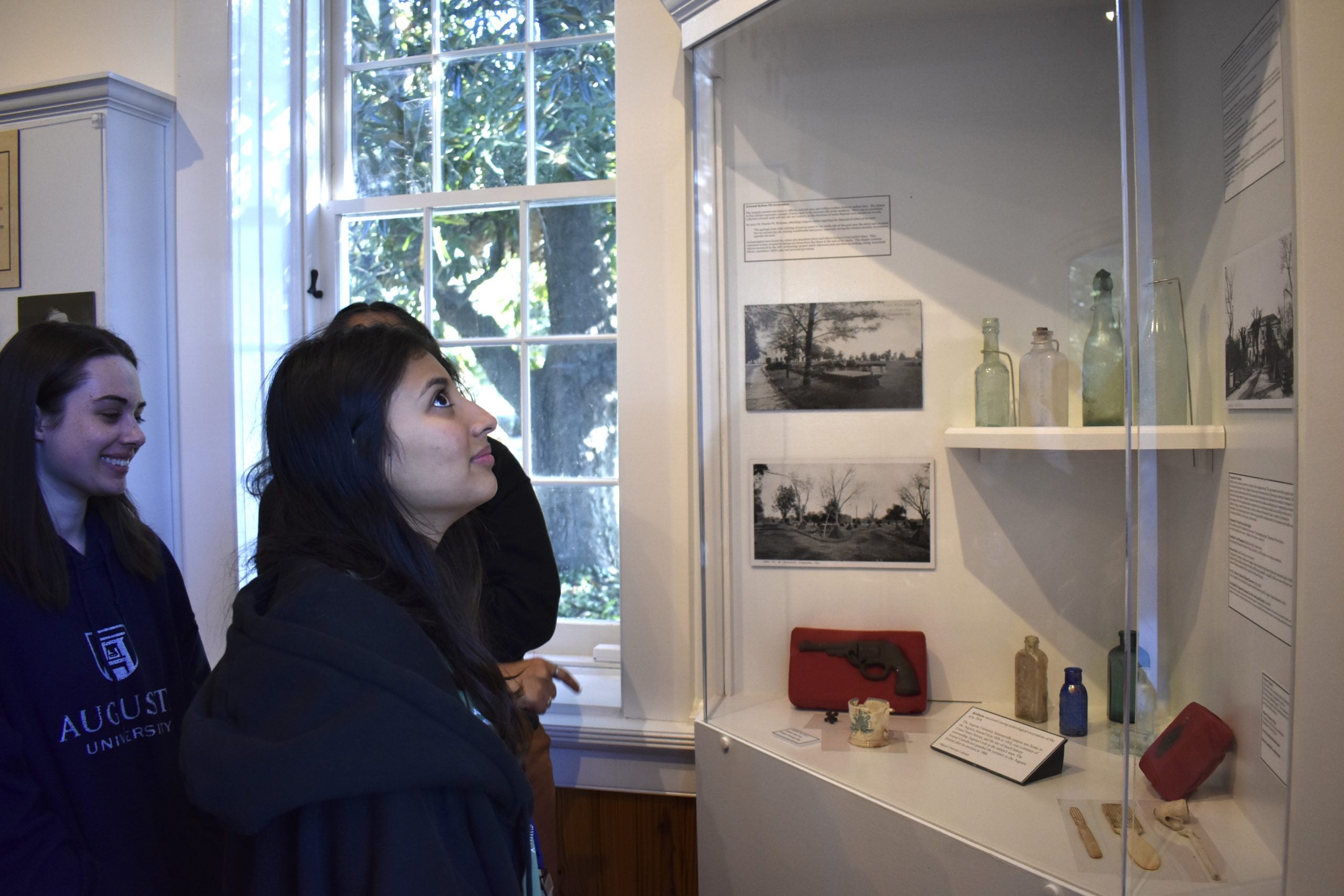Preserving Augusta University’s Guard House and its artifacts became a major project for the Department of History, Anthropology and Philosophy.
The guardhouse was in need of major repairs.
Originally opened as a museum in 2003 along with the history walk, Augusta University hosted a reopening on Wednesday, Oct. 20.
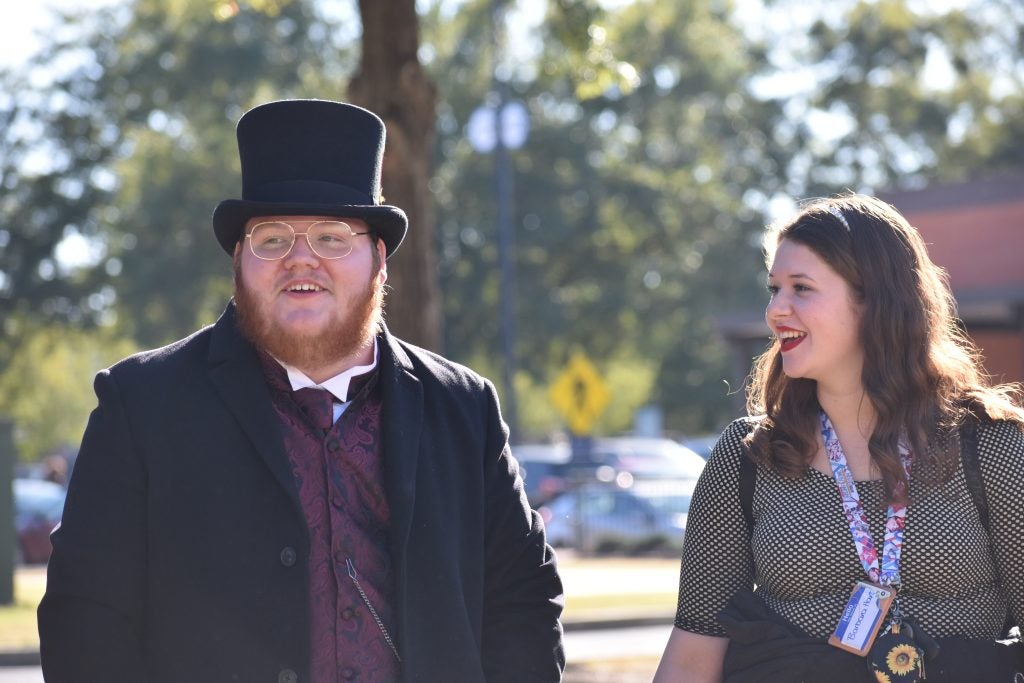
During the pandemic, the museum was shut down. The university was able to secure some funding to preserving the Guard House and its artifacts.
Director of the Guard House Museum and Head of the Museum Studies program Stacey Thompson said most of the artifacts featured in the museum were found at Augusta University – some even date back to the late 1700s.
MORE: Augusta University students participate in Georgia Cyber Center soldering workshop
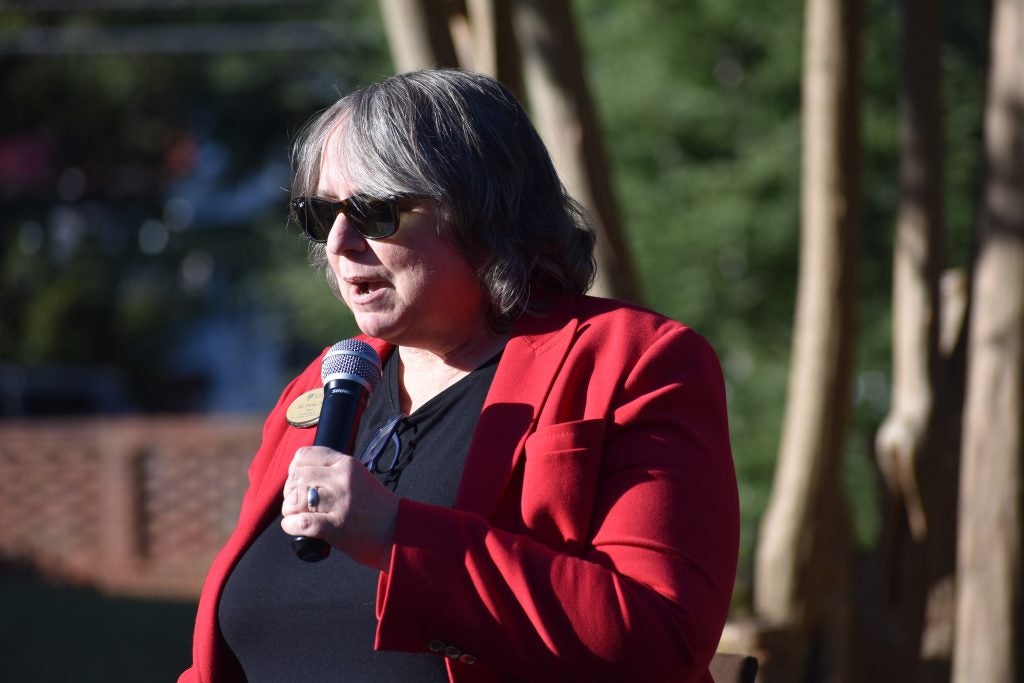
Thompson, who was in-charge of restoring the exhibit and has 20 years of experience in working in museums, said the area was originally the site for the U.S. Arsenal and was home to it for 120 years.
“I think the history of the site is really important, not only because of what happened during those time periods and the people who served here in the military, but also because it’s a part of Augusta University’s history,” she said.
According to Thompson, the museum’s exhibit stretches from the end of the revolution to present time – this is shown with a timeline painted around the inside of the museum along the upper areas of the walls.
To her, artifacts are a visceral way to experience history first-hand, and allows others to connect more with something that is generally studied from textbooks. Thompson also said it was important to her to display artifacts where they originally came from because it allows people to envision the “story” better.
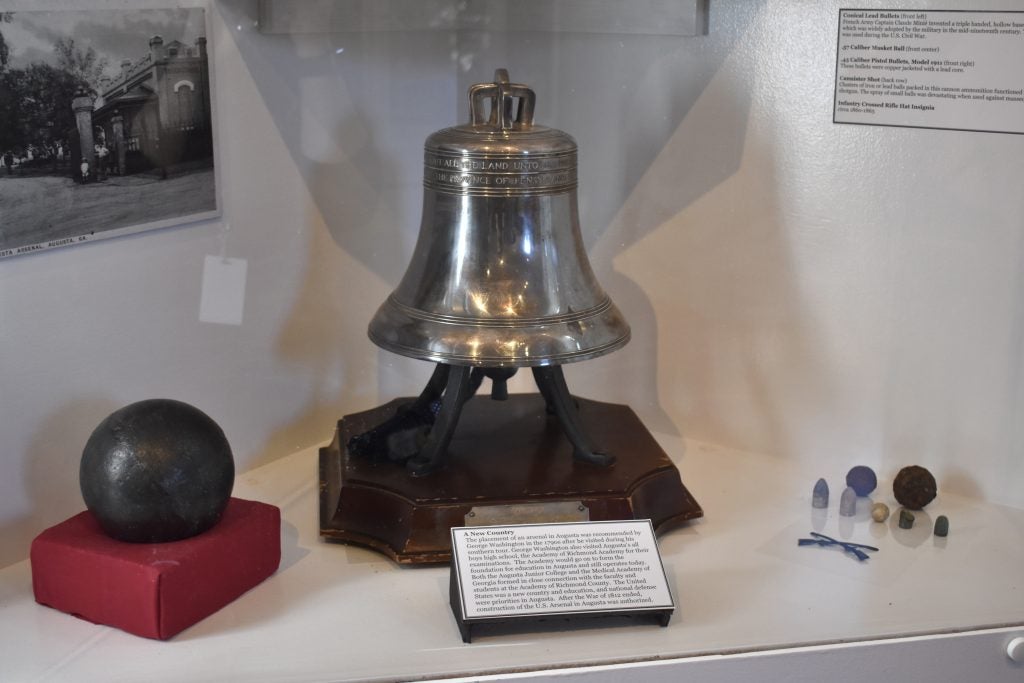
To expand the museum experience, Thompson has created a virtual tour which one can utilize inside the exhibit or at home. She hopes this will further engage visitors and encourage them to learn even more from the special presentation.
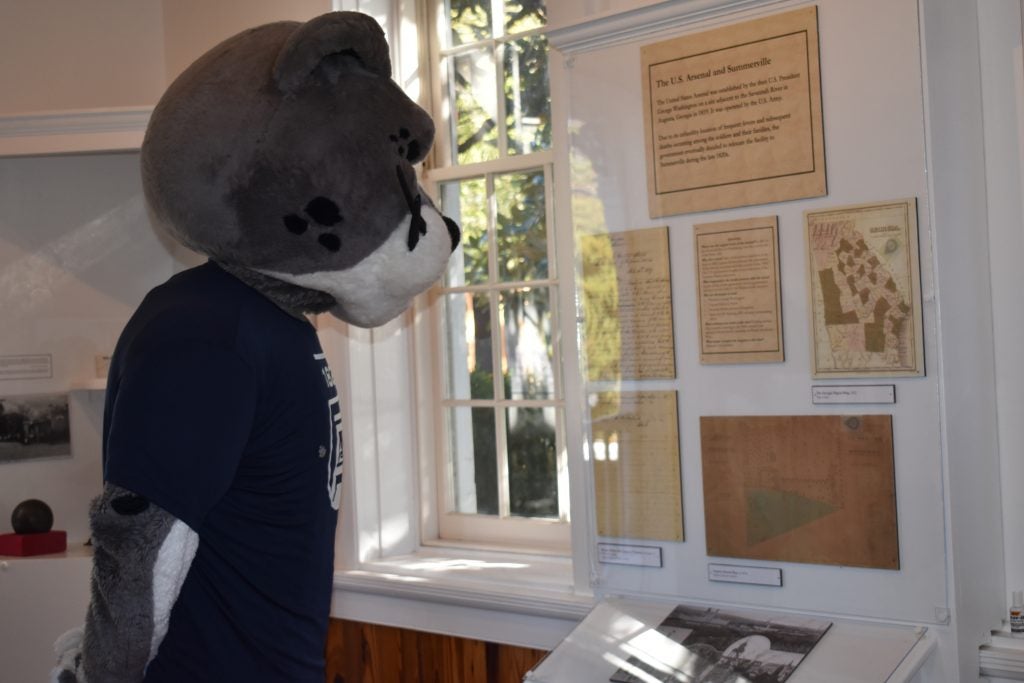
Billy Bruss, an experienced assistant to Thompson and anthropology major at Augusta University, said he loved being a part of the entire renovation process and seeing the before and after product of everyone’s efforts – the after being extremely satisfying.
Prior to renovations, Bruss said the museum was in need of fresh coats of paint and updated information before being displayed as some of it was incorrect.
MORE: Augusta University awards record number of degrees in recent fiscal year
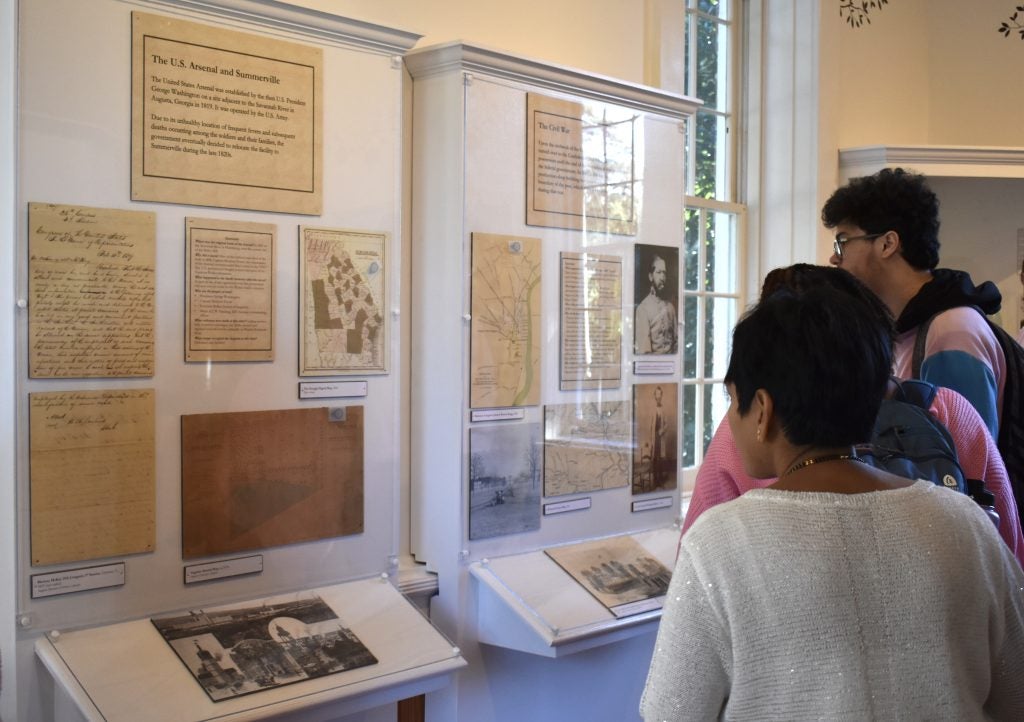
Junior history major and volunteer, Matthew Morrow, said he thinks getting people involved in local history can act as a gateway into loving history, and later learning about state and national history.
Freshman honors student, Lia Carter, said she came to the event and was surprised to learn that the university had an onsite museum and interesting artifacts which were dug up by archeologists.
“I feel like a lot of people, like me, don’t know what Augusta University has to offer and the history behind it,” she said. “I didn’t even realize this [museum] existed here, but now I do. I didn’t even know we had a guard house, so that was cool.”
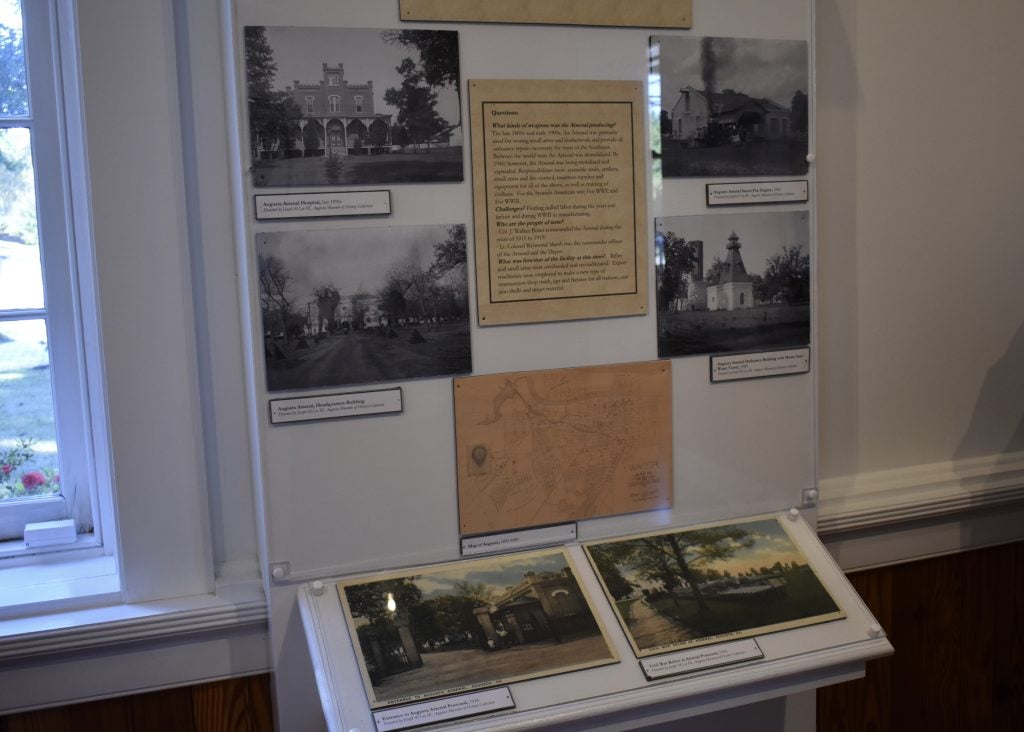
She said her favorite part was connecting with others through history and other included activities. Carter said history is very important and people have to be aware of it in order to learn from it.
World and science historian at the university, Andrew Goss, said he required his students to attend the museum reopening because he believes it is important to model that history is more than just words on a page and can be taught in different ways.
“It’s a good thing to see history as a part of our lived experiences,” he said. “Sometimes when you study history it feels far away, so to actually have a connection to the history here is important … it’s good to know we have a connection to the place here.”
MORE: Augusta University officials clarify changes to degree programs
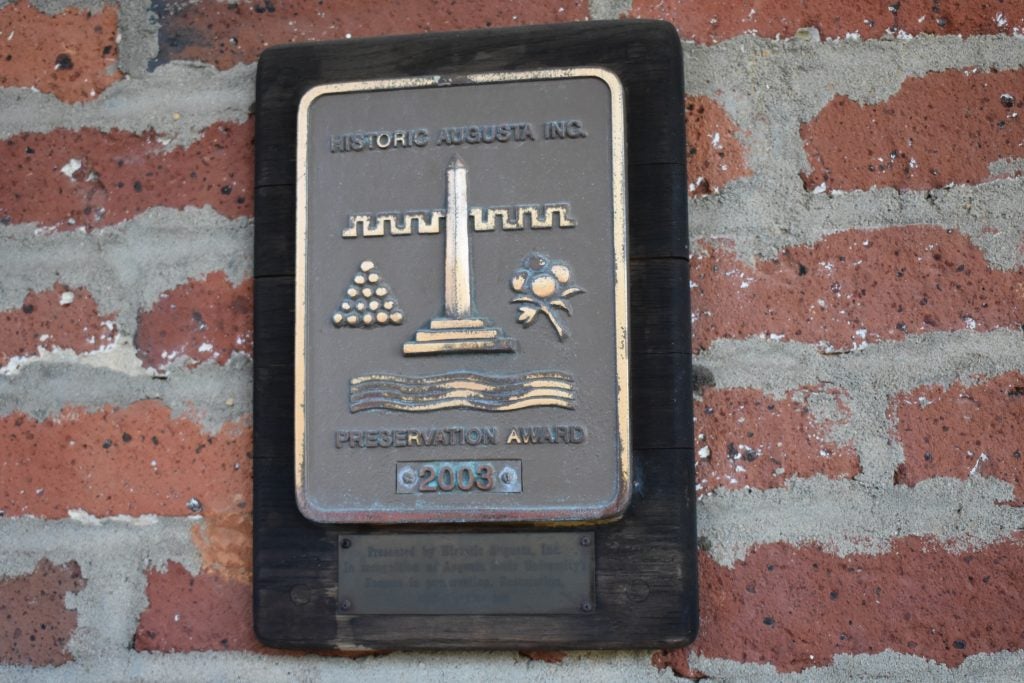
Goss said he also thinks students need to understand the power of history, and how it can bring people together and have a much deeper meaning. Goss believes history can build up and anchor communities while connecting people to a different era.
Something he always tries to teach students, Goss said, is how to take large amounts of information and data and make sense of it to understand someone else’s story, and understand what life was like in the past – that is how history is taught and shared.
“You can really learn who you are as a person, who you are as a community and who you are as a nation by thinking about the complexity of the past,” he said. “It’s really great for students to see how professionals have taken even a complex story of an arsenal and brought it into [some] rooms.”
Liz Wright is a staff writer covering education and general assignments for The Augusta Press. Reach her at liz@theaugustapress.com

